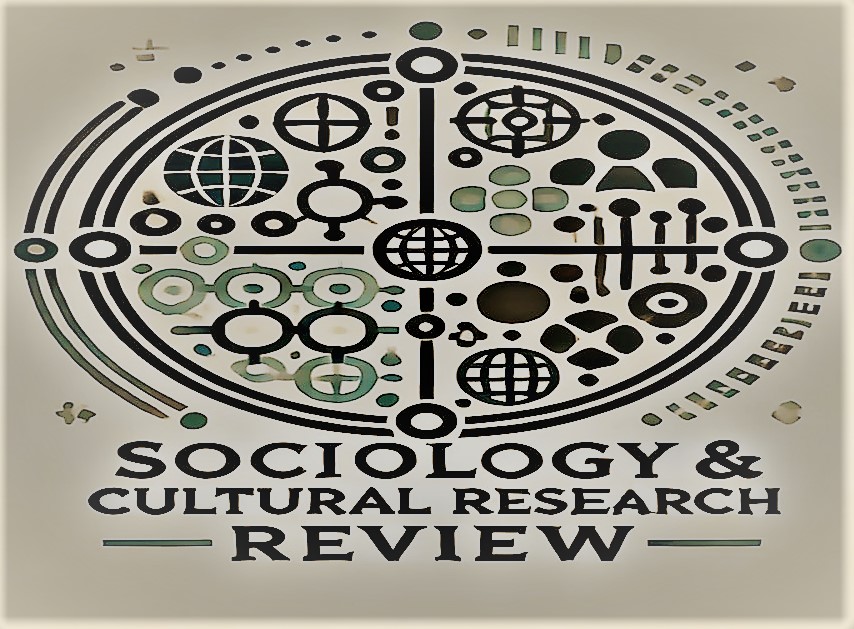Voices of Marginalized Masculinities: An Ethnographic Study of Nacho Boys/Men in Sindh
Abstract
This paper explores the marginalized masculinities among dancing boys/Nacho Boys and subsequent operating system in society’s power relation. Simultaneously this study explored the dynamic of masculinity among dancing boys and consequent obligation, rights, duties, and work. Moreover, it looks into how Nacho boys who always faces discrimination treat each other within their own subculture. Connell's theory's ongoing appeal largely stems from the fact that it offers a critical feminist critique of historically defined masculinities while simultaneously recognizing the diverse roles that different men play in its reproduction. One of the primary bonds exists between Guru and Nacho, and it is also one of the fundamental hierarchal relationships. Guru is head and also assumes the role and responsibilities of leader. Guru acts and decide everything, including decision making power, whereas Nacho boys always remains subordinate to Guru. The power and authority of Guru has no limit. Its moral and social justification from his degree of influence in other situations within and outside the group. It was a general rule for all members to maintain their respect, so they are strictly prohibited from performing sexual activity inside the group. In this research study I used the ethnographic research methods as the tool to investigate the connections of nacho boys and their coping mechanisms with their own subculture and how they are being subordinated by their masters
Keywords: Nacho Boys, Marginalized Masculinity, Guru, Subordinates, Hierarchy




